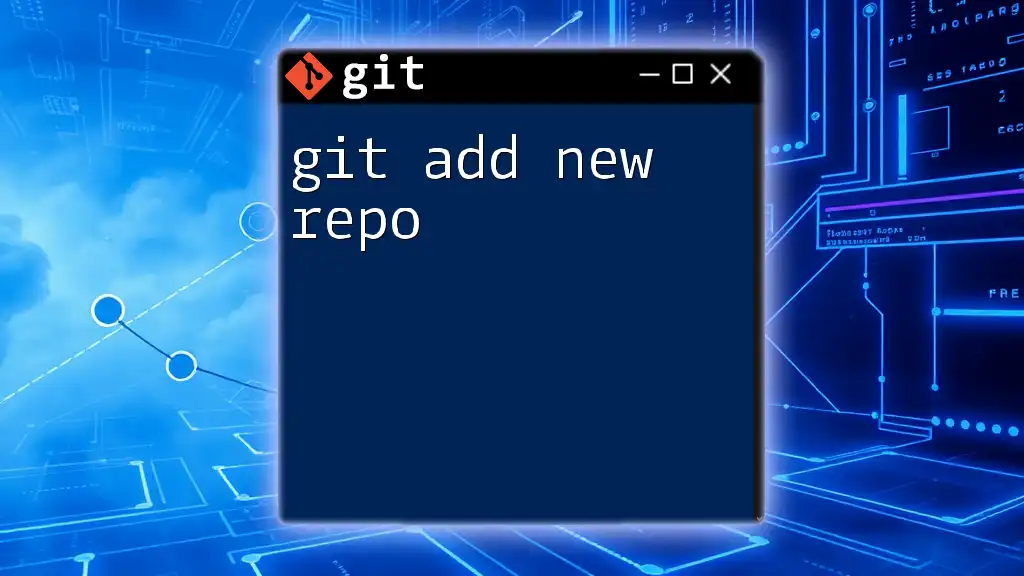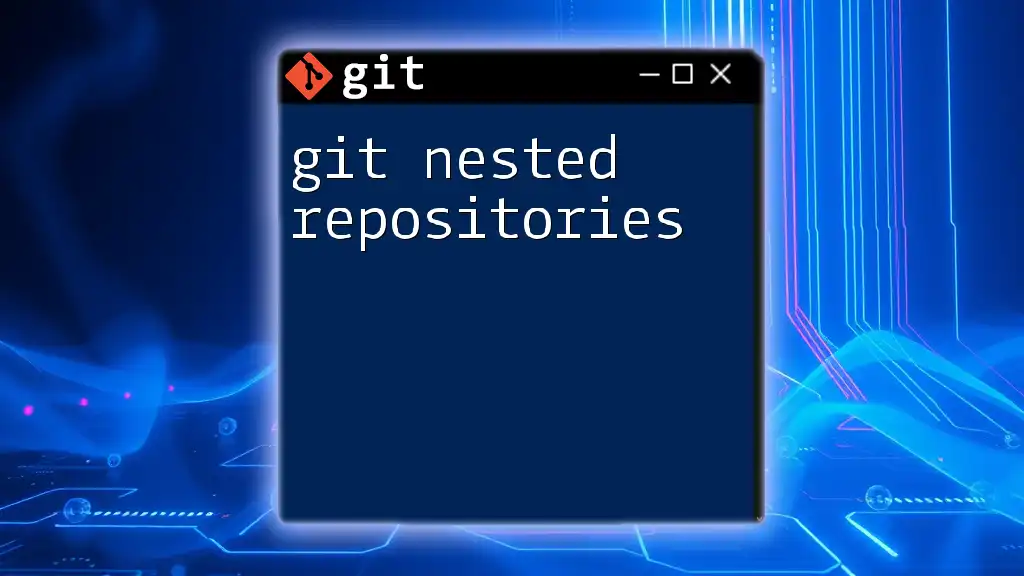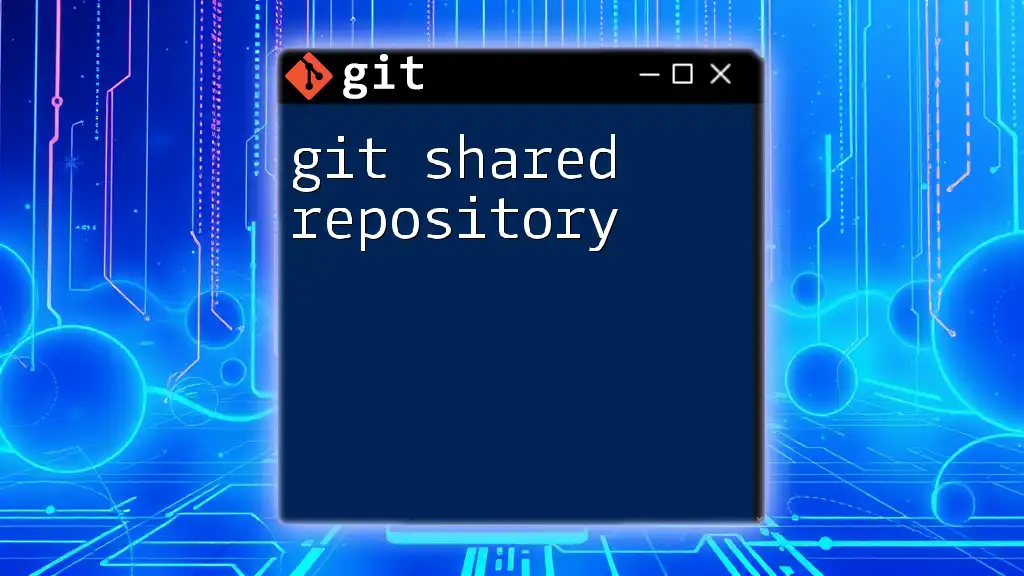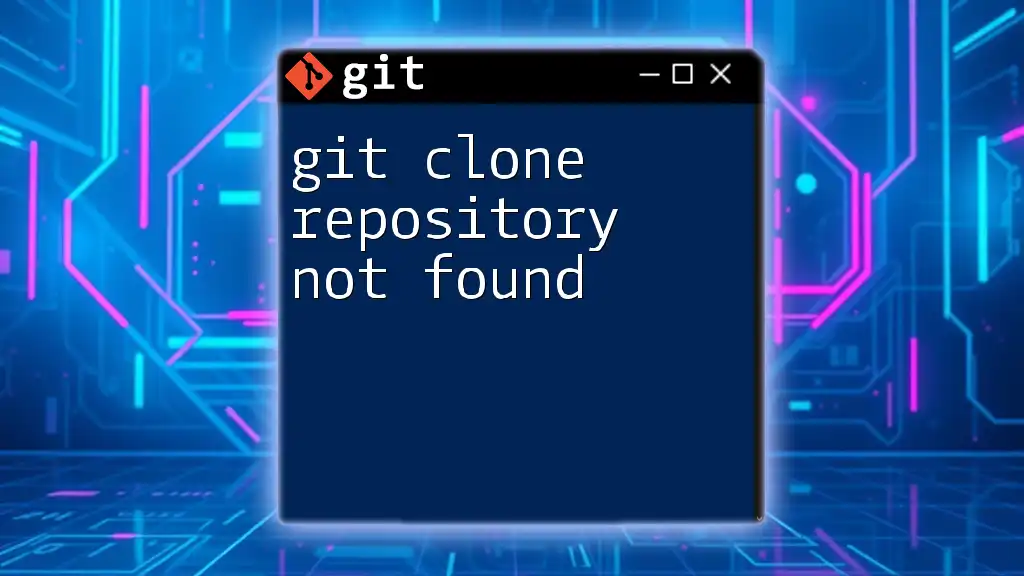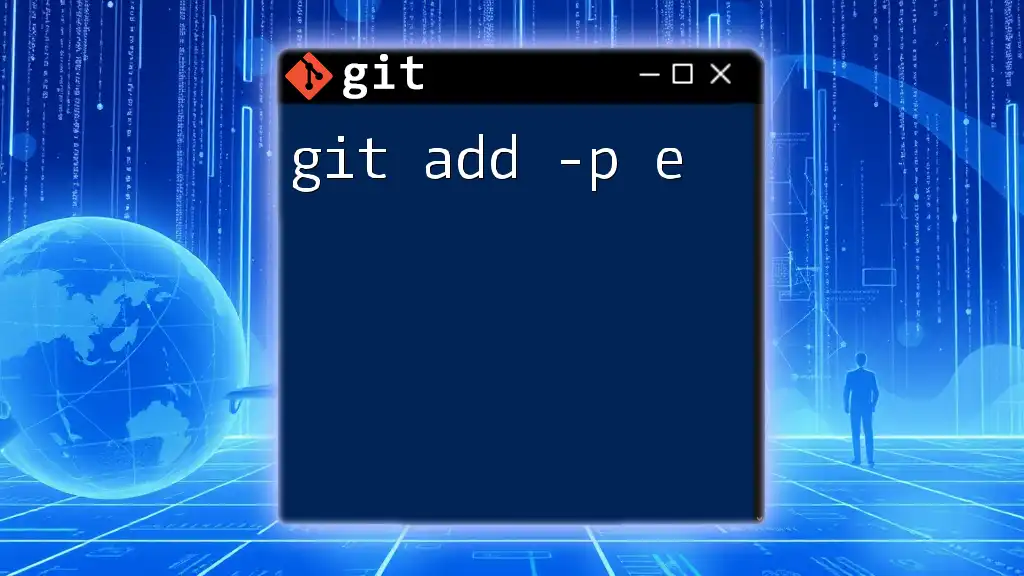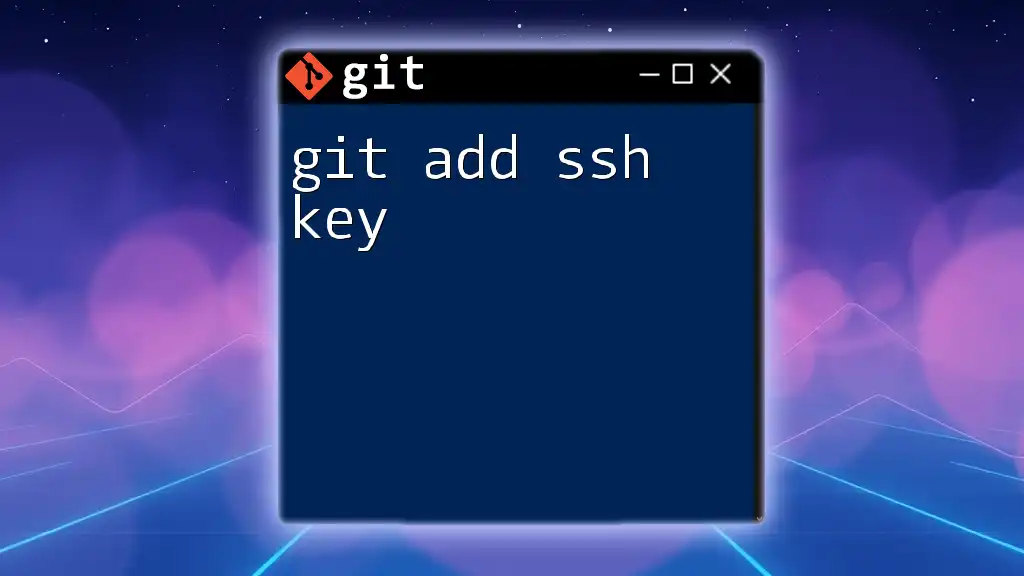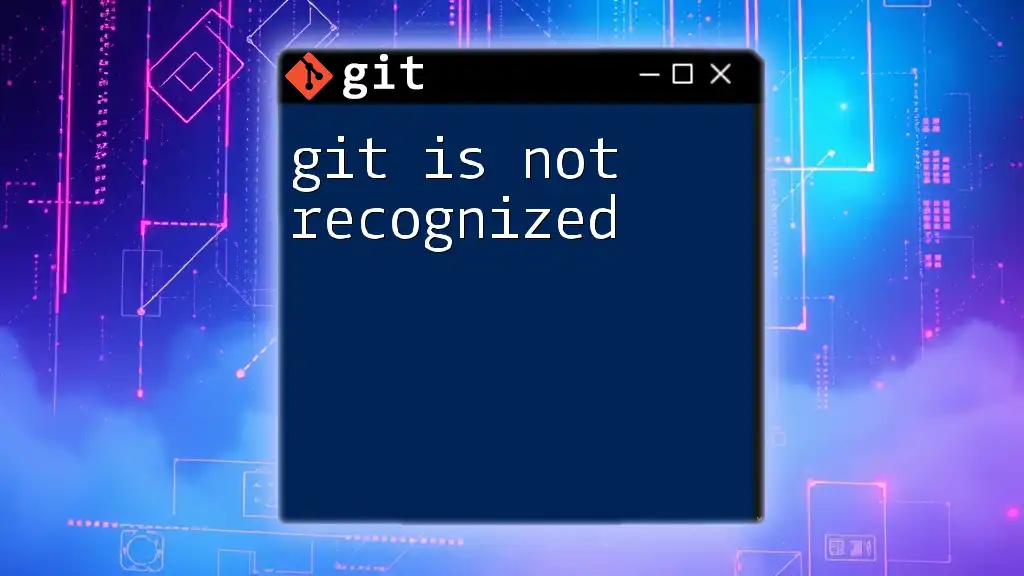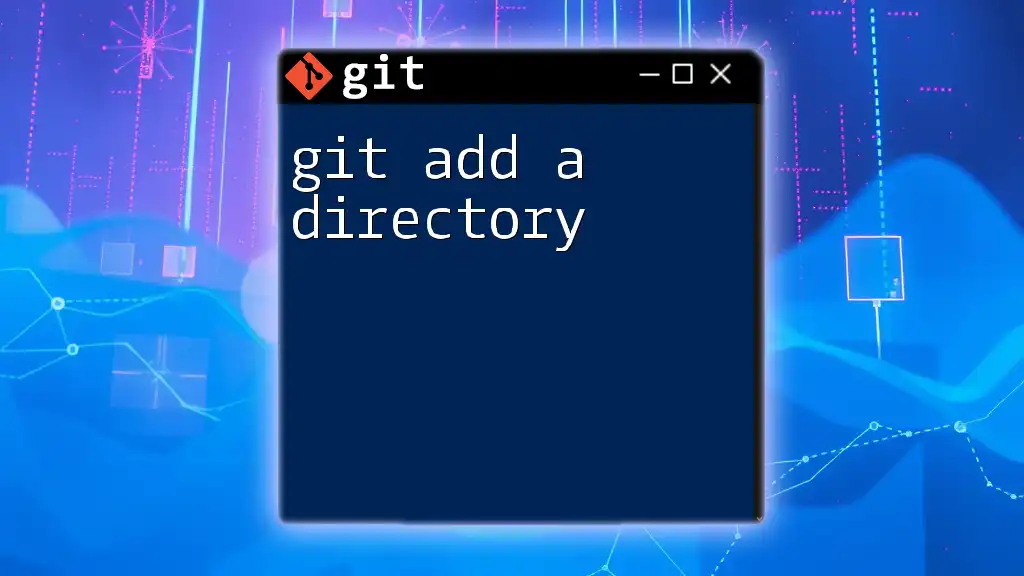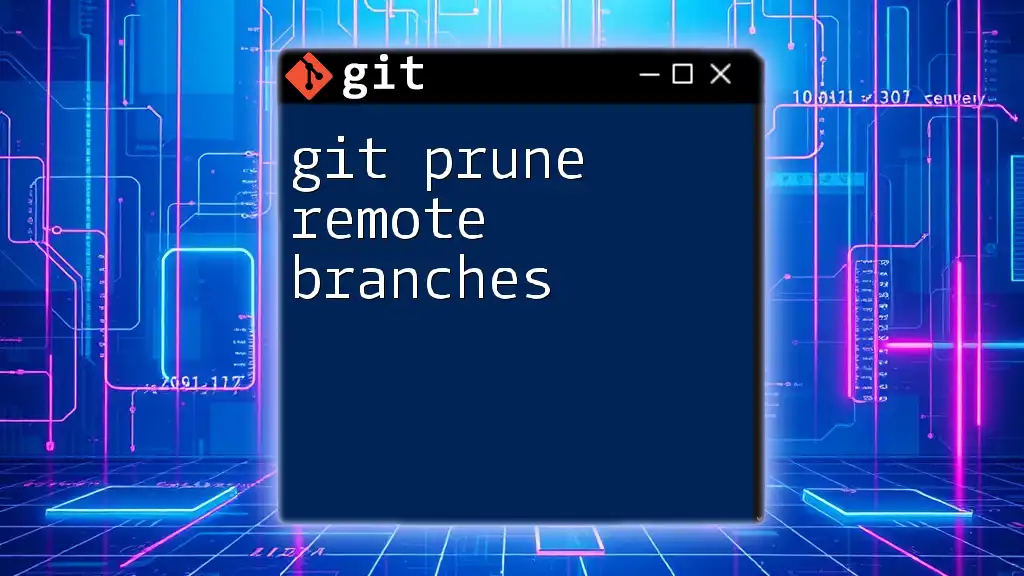To add a new repository to Git, you can initialize it in a directory using the command `git init`, which creates a new Git repository there.
git init my-new-repo
Understanding Git Repositories
What is a Git Repository?
A Git repository is a storage space where your project files and their revision history are maintained. It plays a crucial role in version control, allowing you to track changes, collaborate with others, and manage your work in a systematic manner. There are two main types of repositories:
-
Local Repository: This is the version of the repository stored on your computer. It allows you to work offline, commit changes, and perform various operations without needing an internet connection.
-
Remote Repository: This refers to a version of the project that is hosted on a remote server (like GitHub or GitLab). It enables collaboration and sharing with others.
Git repositories can be used for a wide range of projects, from small personal projects to large enterprise applications.
Common Git Terminology
Understanding certain Git terminology is essential for effectively using Git:
- Repository: A storage location for your project, containing both files and historical changes.
- Commit: A checkpoint in your project history, capturing the state of your files at a given moment.
- Branch: A parallel version of the repository, enabling you to work on features or fixes without affecting the main codebase.
- Clone: A copy of an existing repository, allowing you to have your own local version to work with.
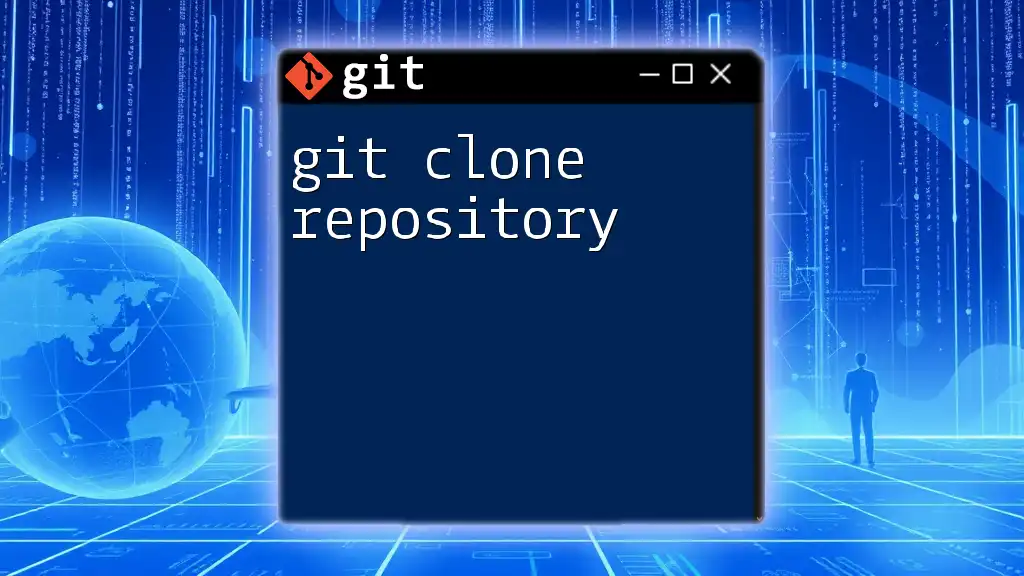
Setting Up Your Development Environment
Installing Git
Before using Git, you need to install it on your system. Here are brief instructions for different operating systems:
- Windows: Download the Git installer from the official Git website and follow the setup instructions.
- macOS: Install Git using Homebrew with the command:
brew install git - Linux: Use your distribution's package manager. For example, on Ubuntu:
sudo apt-get install git
Configuring Git
After installation, configure Git by setting your user information. This is important as it identifies who made which changes.
To configure Git, you can use the following commands:
git config --global user.name "Your Name"
git config --global user.email "your.email@example.com"
This configuration will be used for all repositories on your computer unless specified otherwise.
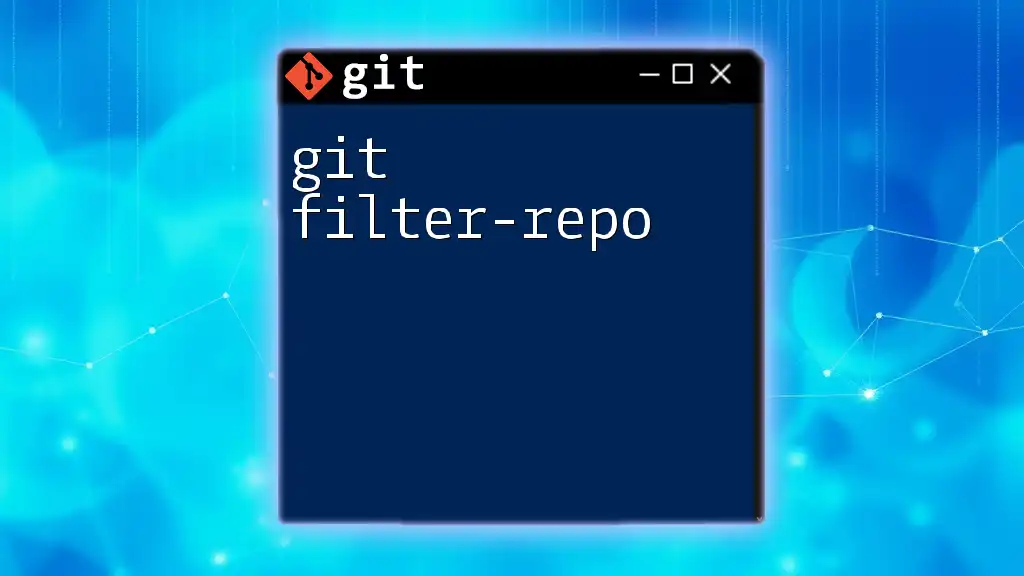
Creating a New Local Repository
Using the Command Line
Starting a new Git repository is straightforward. First, create a new directory for your project and then initialize the repository.
mkdir my-new-repo
cd my-new-repo
git init
The `git init` command creates a new subdirectory named `.git` in your project directory. This subdirectory contains all the files and metadata necessary to manage version control.
Understanding the .git Folder
The `.git` folder is a critical component of your repository. It stores all the change history and configuration settings. Although users rarely interact with the files inside the `.git` folder directly, it is essential for tracking the progress of your project.
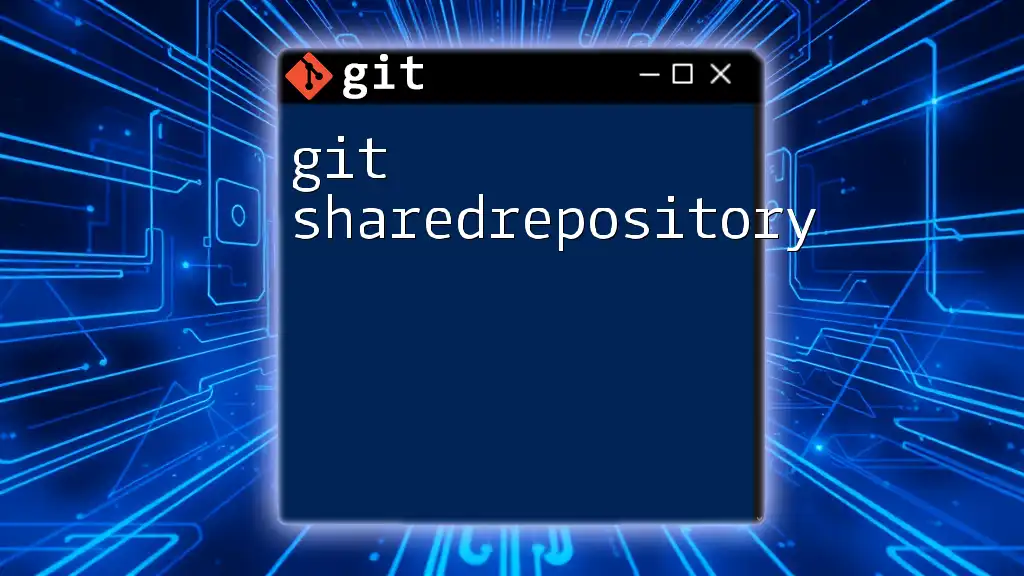
Adding Files to Your Repository
Creating and Editing Files
Now that you have initialized your repository, you can start adding files. Here’s how to create a new file from the command line:
touch README.md
echo "# My New Repo" >> README.md
The `README.md` file serves as a basic introduction to your project. It's a good practice to keep this file updated with relevant information.
Staging Changes with `git add`
Before committing changes, you need to stage them using the `git add` command. The staging area allows you to prepare a snapshot before saving it to the history.
To stage a single file, use:
git add README.md
To stage all files in the directory, use:
git add .
Using `git add .` is particularly useful when you have made multiple changes across various files.

Committing Your Changes
Importance of Commits
Committing is a fundamental process in Git that allows you to capture the current state of your project. Each commit represents a checkpoint in your work, providing you with the ability to track changes over time.
Making Your First Commit
After staging your changes, it’s time to commit them with a descriptive message that summarizes what you’ve done:
git commit -m "Initial commit"
A good commit message is crucial. It should be clear and concise, providing context for the changes made in that commit.

Linking to a Remote Repository
Choosing a Remote Hosting Service
Once your local repository is set up, you might want to share it or collaborate with others. Popular platforms to host your remote repository include GitHub, GitLab, and Bitbucket.
Most of these platforms provide easy-to-follow instructions on creating a new repository.
Connecting Local Repository to Remote
After creating a repository on a remote hosting service, you need to link your local Git repository to the remote one using the command:
git remote add origin https://github.com/username/my-new-repo.git
Replace the URL with the one provided by your hosting platform. This command calls the remote repository “origin,” a conventional name used in the Git community.
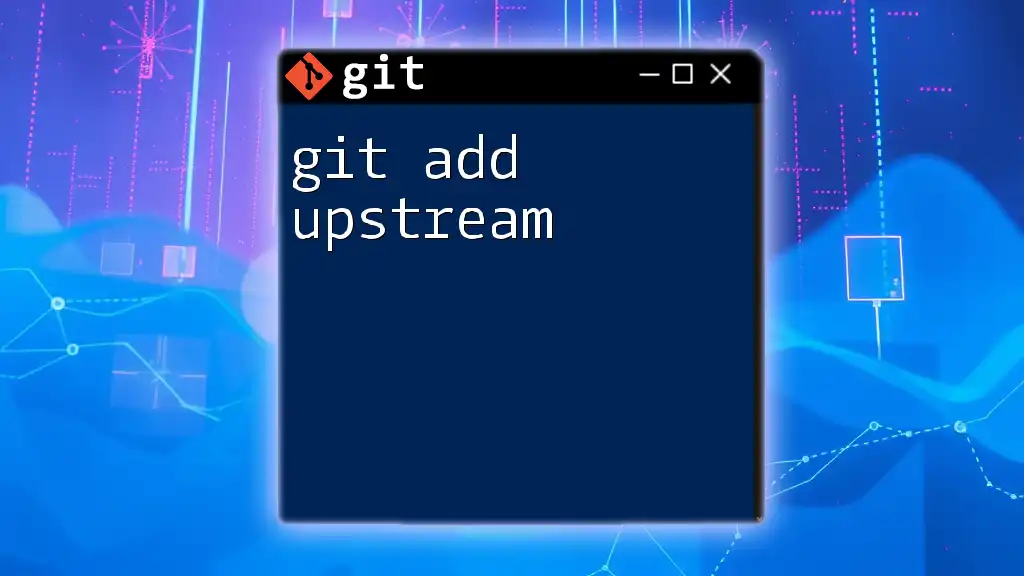
Pushing Changes to a Remote Repository
Overview of `git push`
The `git push` command is used to upload your local repository content to a remote repository. This command sends your commits to the remote location so other collaborators can access your updates.
Executing a Push Command
To push your changes to the remote repository, execute the following command:
git push -u origin master
The `-u` flag sets the upstream tracking relationship between your local branch and the remote branch. This allows you to push and pull changes without having to specify the remote and branch names in future commands.
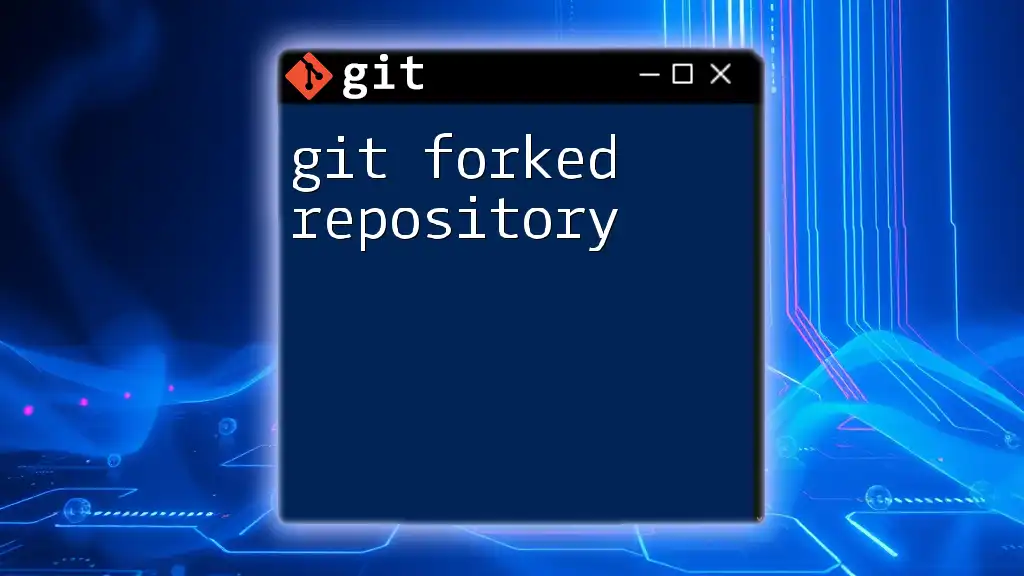
Conclusion
In this article, we explored how to effectively add a new Git repository and manage your workflow using essential Git commands. The journey includes initializing a local repository, staging changes, making commits, connecting to a remote repository, and pushing your changes online. As you grow accustomed to these commands, practice will deepen your understanding of Git's capabilities.
Continue to experiment and explore advanced Git commands to enhance your version control skills!
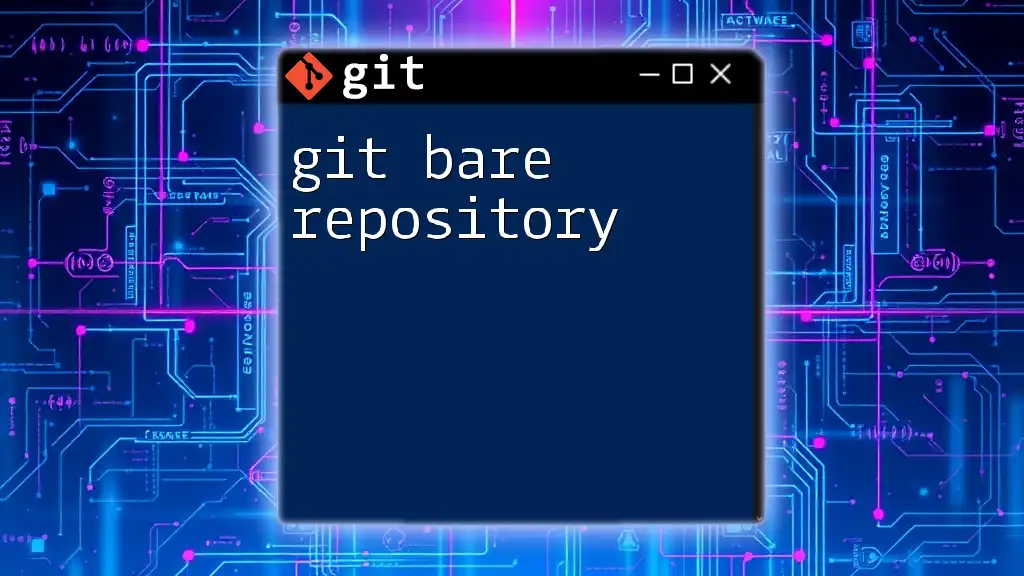
FAQ Section
Common Issues and Solutions
If you encounter common problems like authentication issues or merge conflicts, don't worry! Check out online resources like Stack Overflow or the official Git documentation to find solutions and community help.
Additional Resources
For further learning, consider exploring Git manual pages, cheat sheets, or online courses that provide in-depth knowledge about Git functionalities. Engaging with the Git community can also offer valuable insights and support.

